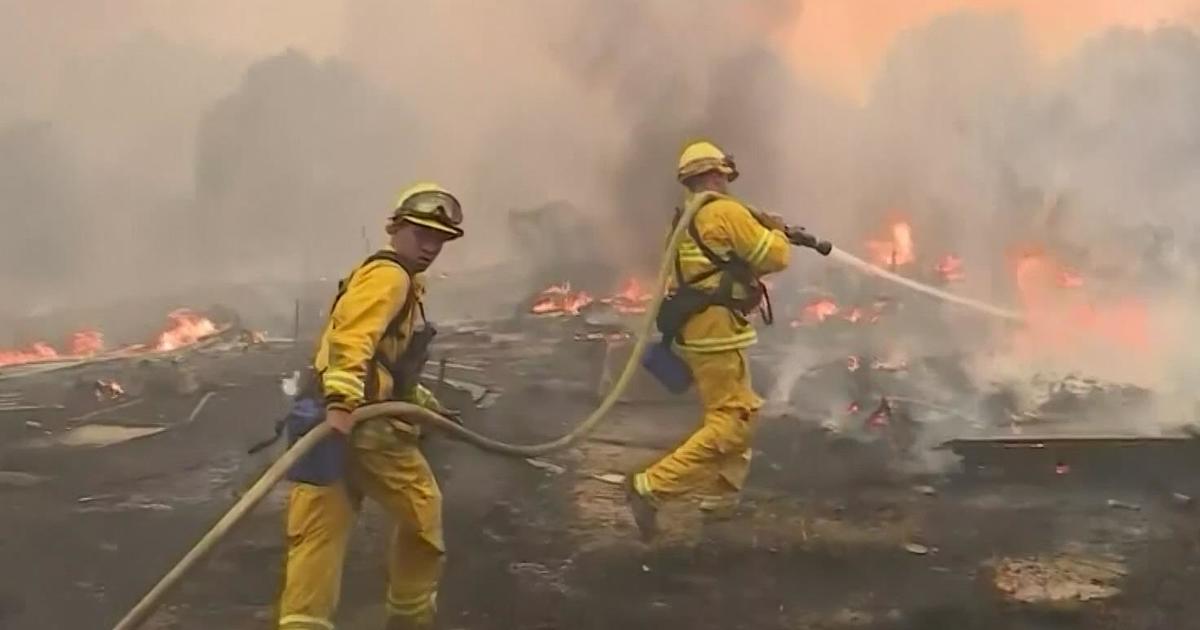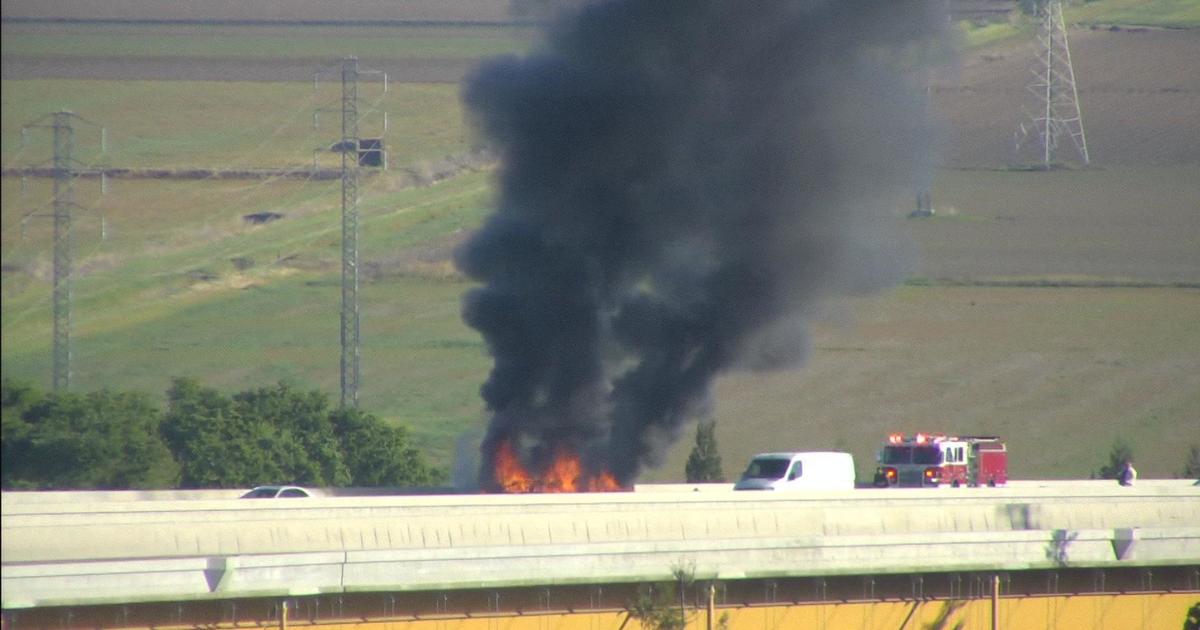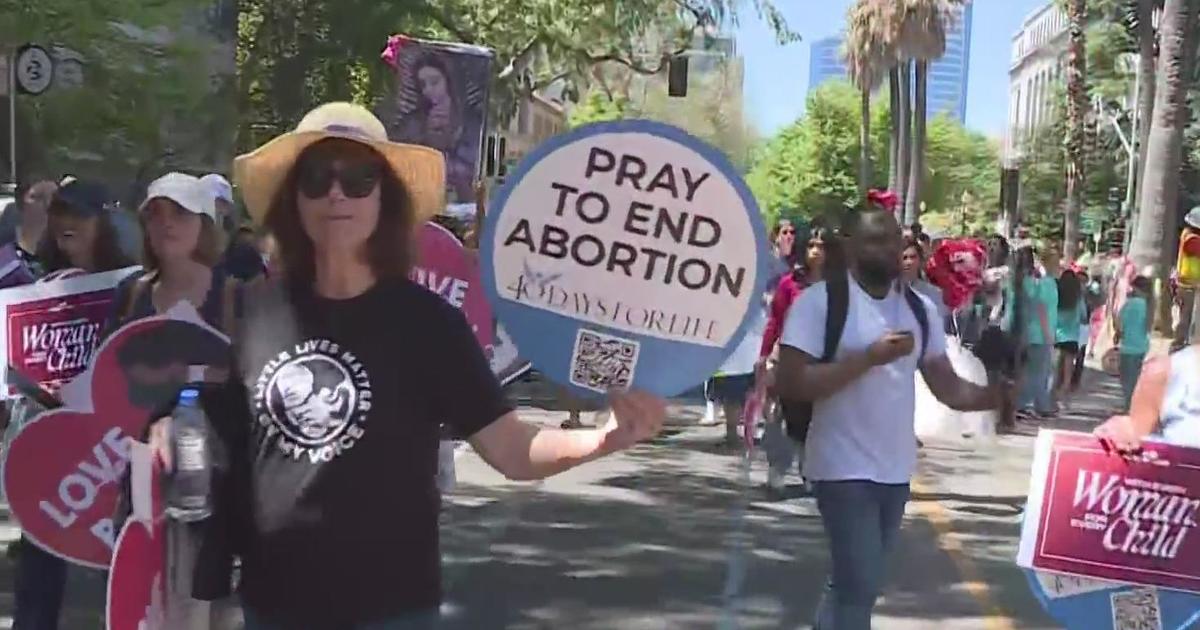New report shows relationship between income, fire risk and fire damage
SACRAMENTO -- New research may alter the way we look at fires.
"They need to make sure they're doing it through an appropriately broad lens.
Initially, Chris Field of the Stanford University Woods Institute of the Environment and Miyuki Hino at the University of North Carolina were looking for something different. But what they found was an area with a high risk of fire damage that had an average higher income wasn't necessarily the place getting hit the hardest.
"There's these economic trends, especially with real estate prices that ought to be a focus of how we do fire risk reduction planning," Field explained.
"The statistic that really jumped out was the one with the number of historical fires," he added.
Essentially, the areas with repeated fire experience tended to be lower income on average than other neighborhoods, even if those wealthier neighborhoods had a higher inherent risk for fires. California's Office of Emergency Services said that tracks with its understanding that disasters can disproportionately affect vulnerable communities.
"We firmly believe that your zip code or the amount of money you make should not dictate you surviving disaster," said agency spokesperson Brian Ferguson. "We really have gotten so much more sophisticated in the last couple of years in terms of how we use data to keep people safe. We want to learn and get better every single day and every time a new report comes out we use that to build on our understanding."
There is still more research to be done on those relationships between resource allocation and distribution especially as it relates to fire damage and income areas. Field said that the hope is that instead of simply relying on hazard maps for risk reduction, fire departments, agencies and emergency services start to take a more broad and nuanced approach to how they look at protecting neighborhoods.
"The message from this paper is there's lots of vulnerability to wildfire it's not just the vulnerability that's mapped on the hazard maps," Field said.




